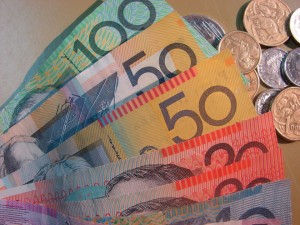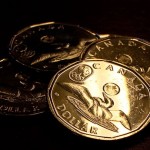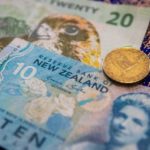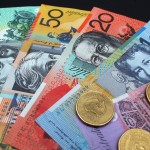 On Tuesday Australian dollar came off session highs against its US counterpart to sink lower, following the Reserve Bank of Australia interest rate decision.
On Tuesday Australian dollar came off session highs against its US counterpart to sink lower, following the Reserve Bank of Australia interest rate decision.
AUD/USD reached a session high at 0.9251 at 0:30 GMT and took a gradual drop to 0.9164 at 6:27 GMT. Support was expected at June 28th low, 0.9101, while resistance was to be encountered at June 27th high, 0.9338.
Today at its meeting the Reserve Bank of Australia held interest rates at the record low level of 2.75%. Central bank Governor Glenn Stevens said in his statement, that Australian currency was still on high levels. He also added, that the Aussie would probably decrease in value in time, which could be favorable to economic growth re-balancing. On the other hand, inflation outlook could allow introducing additional stimulus, if necessary, in order to bolster demand. Last time, when Australias central bank reduced borrowing costs by 0.25%, was on May 7th.
The Australian dollar was the second-worst performing developed market currency this year, following only the Japanese yen, according to Bloomberg.
Additionally, Australian PMI jumped by 5.8 points to reach a reading of 49.6 in June, still dwelling in the contraction zone.
On Monday China showed that its manufacturing purchasing managers’ index stood at 50.1 in June, slightly above expectations for 50.0, down from a reading of 50.8 in May. Another report stated China’s HSBC manufacturing PMI fell to a nine-month low of 48.2 in June, while preliminary estimates pointed a reading of 48.3.
In the mean time, The Institute for Supply Management (ISM) in the United States reported on Monday, that its manufacturing PMI rose to a reading of 50.9 in June from 49.0 in May. Experts had projected a value of 50.5. In addition, Total Construction Spending in the US increased by 0.5% on a monthly basis to a seasonally adjusted annual value of 874.9 million USD.





